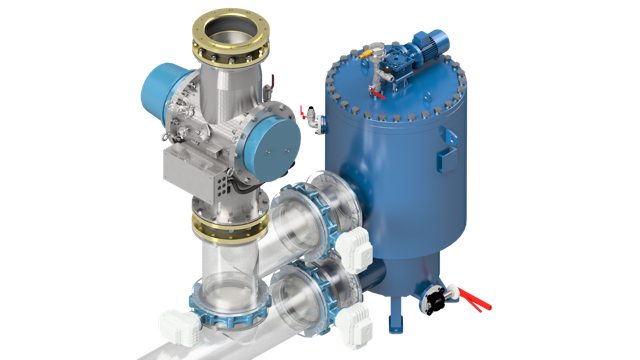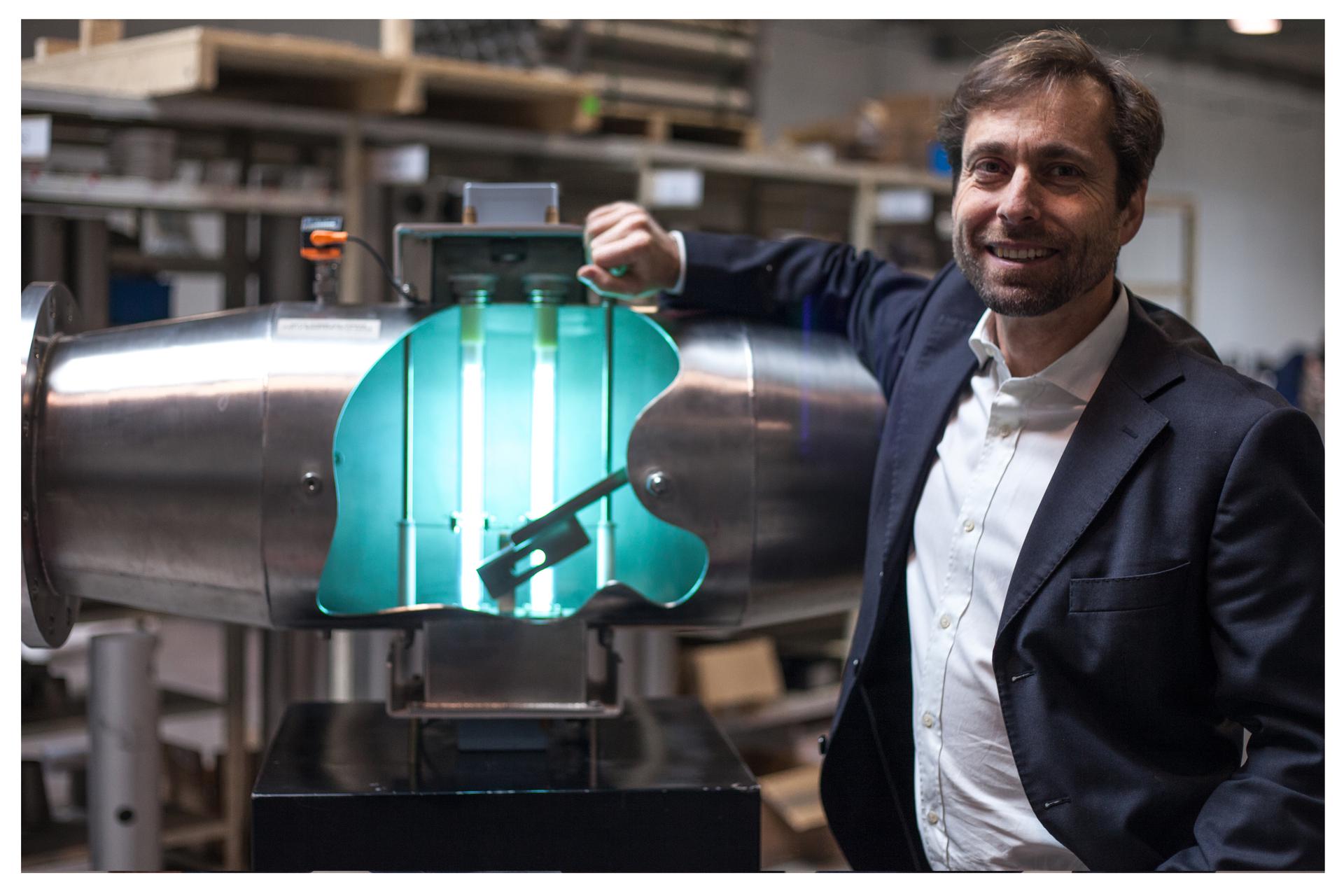Ship owners and ballast water treatment technology manufacturers await in intense anticipation, the Ballast Water Management Convention is frightfully close to reaching its entry into force criterion of ratification by 35 per cent of the world fleet’s gross tonnage. But with only 0.21 per cent needed to tip the Convention’s entry into force, the industry is still caught up in a dense fog surrounding ballast water treatment system (BWTS) uptake. This is thanks to the discrepancies between the two dominating type approval certifications: the International Maritime Organization (IMO) and United States Coast Guard (USCG).
The fact that the Intentional Maritime Organization’s type approval requirements have been taken by the USCG and tightened, with a direct impact of ultraviolet (UV)-based treatment methods due to the debate between viable versus non-viable organisms, has greatly impacted the lay of the land in the ballast water technology market. The threat of owners investing in systems that might not be accepted for use in US waters has shocked the market and caused many BWTS to drop out, or conversely thrive as the manufacturers battle to achieve the more stringent requirements set out by the USCG.
However, to-date, not one BWTS has received USCG type approval versus 65 (some still on the market, some not) that have received IMO Type Approval. Ship Efficiency Review’s assistant editor Fiona Macdonald examines the tough journey to USCG type approval and the BWTS manufacturers that are front runners in the race for clinching the title of their BWTS being the first to be granted with the ultimate Type Approval.
The Journey to USCG Type Approval: A Rocky Road
Unlike the process for the type approval of BWTS by the IMO, which for BWTS using active substances journeys through granting Basic Approval and Final Approval before awarding final type approval, USCG type approval consists of a much more drawn out process, making it much harder to break the first stage. This first stage involves systems achieving a temporary USCG Alternative Management Acceptance (AMS) that is given to a BWTS approved by a foreign administration. Vessel operators may use an AMS to manage their ballast water discharges in lieu of ballast water exchange, while the treatment system undergoes approval testing to USCG standard. However, AMS does not equal USCG Type Approval.
Following this a BWTS manufacturer may apply for a USCG type approval status. The sequence of events is long and involves meeting 54 requirements split into 4 sections: Design and Construction Requirements; Test Report; Testing for BWMS Components Testing and Evaluation for Active Substances; Preparations, and Relevant Chemicals, in order to get close to Type Approval. In addition, USCG type approval may be given for up to three salinities – saline, brackish, and freshwater, and to gain all three in extreme temperatures and vibrations that replicates a ship’s natural feel is no easy feat.
As revealed by Meridena Kauffman, USCG at a recent London Ballast Water Forum, hosted by Fathom Maritime Intelligence and the UK Chamber of Shipping, incomplete applications for USCG type approval often delay the whole process and even AMS acceptance even further, highlighting this critical area in which BWTS manufacturers need to work on. Furthermore, the final length and process of type approval certifications is still relatively uncertain as not a single system to date has been approved and in addition to this, the role and status of AMS acceptance once type approvals start being awarded is still unknown. In reality the timeframe and exact process of type approval is still filled with uncertainty. The USCG has also indicated that once the Convention is enforced and systems start to receive USCG type approval, more and more details will be required for submission and testing may become even tougher.
Another important bump in the road that manufacturers must navigate is the sourcing and use of an Independent Laboratory (IL) to review the testing data provided by the manufacturer, but as USCG does not control the testing process (this is organised between the manufacturers and laboratories independently of USCG involvement), this may lead to further delays.
The USCG Type Approval Front Runners
The number of BWTS Manufacturers submitting their systems for USCG type approval has seen a rapid rise in recent months. 19 BWTS are going through the USCG type approval process; 9 of these are UV-treatment based and the other 10 use electrolysis, deoxygenation, electrochlorination and other active substance-based treatment methods.
Self-hailed as being the submitter of the first ever USCG type approval application, OceanSaver’s OceanSaver Ballast Water Management System finalised all testing for its chemical-free system in May this year, with all tests meeting the requirements for saline, brackish and fresh water.
Just a few weeks ago Ecochlor placed itself in the front runner position also, announcing that all land and shipboard testing for its Ecochlor Ballast Water Management System had met USCG requirements for all three salinities. In November 2015, Optimarin’s OBS BWTS proved its ability to meet USCG requirements, positioning the company in hope for receiving full type approval in 2016 following further testing of remaining water salinities this spring.
In March 2016, Alfa Laval’s PureBallast underwent the latest USCG type approval testing, which will enable a new USCG type approval to be awarded if the system meets the requirements. This latest technique for testing uses the 5‑chloromethylfluorescein diacetate (CMFDA) staining method, which comes following the USCG’s decision not to accept the most profitable number method (MPN) as a way of approving BWTS. This means that previous UV systems that have collected data for the type approval process based on the MPN method may not be granted Type Approval and will have to undergo further testing using the CMFDA method to obtain type approval. This was the case for DESMI’s RayClean system following a two year process of testing for USCG Type Approval, they were declined on the basis that their tests were conducted using the MPN method – a method which was recently dismissed by the USCG.
With Ecochlor, Alfa Laval, OceanSaver and Optimarin deemed the current frontrunners for 2016 Type Approval, it is a question of who will take the gold medal and be the first to be awarded with full USCG Type Approval. The USCG commented that they are hopeful that a type approval will be awarded in 2016, but only time will tell.
Ship Efficiency Review News
To contact the reporter responsible for this article, please email editor@fathom-mi.com

































